For more than a century, partnerships have been at the heart of state forestry agencies’ work to conserve and protect our nation’s forests.
State and private forests make up sixty-six percent—over 520 million acres—of the forested acreage in the United States. State forestry agencies in all 50 states, the District of Columbia, and eight U.S. territories work hand-in-hand with private landowners to manage and protect these forests. The federal government is directly responsible for the remaining third held in public trust.
Jurisdictional boundaries between state, private, and federal forests are hard to miss on a map—but for forest pests, disease, and wildfire—those boundaries that are so clear to us, simply don’t exist. Pests and unwanted fire move freely between forest types, to and from different ownerships, up and down watersheds, and under the right conditions, travel tremendous distances, leaving millions of dead and compromised trees in their wake every year.
This is why forest managers need cross-boundary partnerships: to mitigate boundaryless threats. These partnerships aren’t easy—in fact, they can be quite difficult to forge, maintain, and repair—but we know, after many decades of incremental progress and set-backs, they’re the only way we can protect and conserve America’s forests and trees.
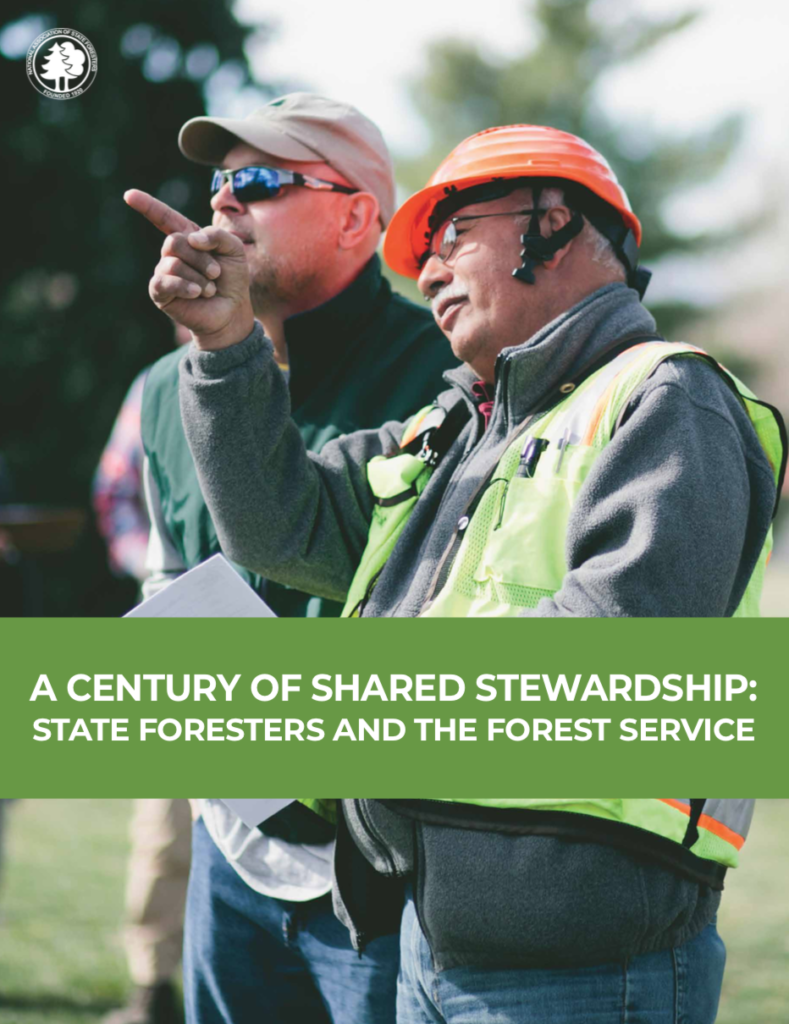
State forestry agencies can help achieve greater outcomes on all lands for all Americans with shared decision-making and priority-setting.
And with Forest Action Plans at the foundation of shared decision-making and priority-setting for the management of America’s forests,
- Limited resources can be shared and used more efficiently for greater effect.
- No one forest type, state or region, management priority, or ownership will receive more or less than its fair share of resources.
- State foresters will be equal partners in the continuous improvement of federally supported programs and the development of widely applicable and shareable tools and strategies for forest and wildland fire management.
- Federal agencies will recognize and respect the many differences among states and grant them maximum discretion and flexibility as they formulate their individual responses to the “invitation of shared stewardship.”
The National Association of State Foresters approved a resolution on shared stewardship, as well as a stand-alone report detailing state foresters’ vision for shared stewardship in September 2019.
Since the USDA Forest Service released its Shared Stewardship Strategy in August 2018, several states have entered into shared stewardship agreements (the full text of each agreement is linked at the bottom of this page):
![Alabama thumbnail]() ALABAMA
ALABAMA
In January 2021, Alabama’s Forestry Commission and Department of Conservation and Natural Resources entered into a shared stewardship agreement with the USDA’s Forest Service and Natural Resources Conservation Service.
![Arizona thumbnail]() Arizona
Arizona
In July 2020, the State of Arizona entered into a shared stewardship agreement with the USDA Forest Service to accelerate the pace and scale of projects like the Four Forest Restoration Initiative (4FRI) that protect communities from wildfire and create healthy, resilient landscapes.
![Oliver Graham, Unsplash]() Arkansas
Arkansas
In September 2019, the Arkansas Department of Agriculture (Arkansas Forestry Commission) and the Arkansas Game and Fish Commission entered into a shared stewardship agreement with the USDA Forest Service and USDA Natural Resources Conservation Service.
![California thumbnail]() California
California
In August 2020, California Governor Newsom and the USDA Forest Service entered into a shared stewardship agreement to reduce wildfire risks, restore watersheds, protect habitat and biological diversity, and help the state meet its climate objectives. The agreement includes a commitment by the federal government to match California’s goal of reducing wildfire risks on 500,000 acres of forest land per year.
![Zoom thumbnail]() Chesapeake Bay States
Chesapeake Bay States
In October 2020, the state foresters in Delaware, Maryland, New York, Pennsylvania, Virginia, West Virginia, and the District of Columbia signed a shared stewardship agreement with the USDA Forest Service to strengthen their collaboration on setting forest management priorities in the 64,000-square-mile Chesapeake Bay watershed.
![Colorado thumbnail]() Colorado
Colorado
In October 2019, Colorado Governor Polis and the USDA Forest Service entered into a shared stewardship agreement at a ceremony held at the state capitol. Under the agreement, the State of Colorado and USDA Forest Service will focus on priority, landscape-scale forest and grassland restoration activities that protect at-risk communities and watersheds across all lands.
![Florida thumbnail]() Florida
Florida
In August 2020, the Florida Department of Agriculture and Consumer Services, the Florida Forest Service, and the Florida Fish and Wildlife Conservation Commission entered into a shared stewardship agreement with three USDA agencies: the Forest Service, Natural Resources Conservation Service, and Farm Service Agency.
![Georgia thumbnail]() Georgia
Georgia
In November 2019, on behalf of the State of Georgia, Governor Brian Kemp signed a shared stewardship agreement with the USDA Forest Service and the USDA Natural Resources Conservation Service.
![Hawaii thumbnail]() Hawaii
Hawaii
In February 2020, the Hawaii Department of Land and Natural Resources’ Division of Forestry and Wildlife signed a Shared Stewardship agreement with the USDA Forest Service to increase the scope and scale of critical forest treatments.
![Idaho thumbnail]() Idaho
Idaho
The Idaho Department of Lands signed a shared stewardship agreement in December 2018 and identified several project areas to exercise shared stewardship principles and reduce wildfire risk. To learn more about Idaho’s shared stewardship program, click here.
![Illinois thumbnail]() Illinois
Illinois
The Illinois Department of Natural Resources and the USDA Forest Service signed a shared stewardship agreement in January 2021 to strengthen their commitment to collaborative land management efforts throughout the state.
![JP Valery, Unsplash]() LOUISIANA
LOUISIANA
The State of Louisiana signed a shared stewardship agreement with the USDA Forest Service and Natural Resources Conservation Service reaffirming the partners’ commitment to working with each other, tribes, and other partners to identify high-priority management treatments that ensure the long-term sustainability of public and private lands.
![Massachusetts thumbnail]() MAssachusetts
MAssachusetts
The Commonwealth of Massachusetts and the USDA Forest Service signed a shared stewardship framework in November 2019 under which they will partner with each other, local governments, and other stakeholders to advance the goals of the Mohawk Trail Woodlands Partnership.
![Mississippi thumbnail]() Mississippi
Mississippi
The USDA and the State of Mississippi agreed to a shared stewardship framework in January 2021 to help boost collaboration in their response to ecological challenges and natural resource concerns in the state.
Montana
In April 2019, the Montana Department of Natural Resources and Conservation agreed to work with the USDA Forest Service to advance the objectives of the USDA Shared Stewardship Strategy and Governor Bullock’s Forest in Focus 2.0 Initiative. Governor Bullock also created a Forest Action Advisory Council in May 2019 to oversee the state’s Forest Action Plan 10-year revision, which will serve as a planning document for shared stewardship.
![Nebraska thumbnail]() NeBraska
NeBraska
The State of Nebraska and the USDA Forest Service entered into a shared stewardship agreement in September 2020 to foster forest and grassland restoration across the state with a focus on protecting at-risk communities and watersheds from wildfire.
![Nevada thumbnail]() Nevada
Nevada
In November 2019, Nevada Governor Steve Sisolak, the USDA Forest Service, the Bureau of Land Management, and the U.S. Fish and Wildlife Service finalized a landmark agreement that calls on state and federal agencies to increase their collaborative efforts to reduce the risk and impacts of catastrophic wildfire.
![NM thumbnail]() New Mexico
New Mexico
In November 2019, the chief of the USDA Forest Service and New Mexico’s governor signed a shared stewardship agreement aimed at strengthening relations as they work to represent diverse interests concerning natural resources on public forest lands.
North Carolina
In September 2019, the North Carolina Department of Agriculture and Consumer Services (NC Forest Service) and the USDA Forest Service and Natural Resources Conservation Service entered into a shared stewardship agreement.
![Ohio thumbnail]() OHIO
OHIO
The Ohio Department of Natural Resources entered into a shared stewardship agreement with the USDA Forest Service in January 2021, strengthening their commitment to using an all-lands approach to forest management in the state. Ohio marks the twentieth state to sign a shared stewardship agreement.
![Oklahoma thumbnail]() Oklahoma
Oklahoma
In January 2021, Oklahoma’s Forestry Services, Department of Wildlife Conservation, and Department of Agriculture, Food, and Forestry entered into a shared stewardship agreement with the USDA’s Forest Service and Natural Resources Conservation Service.
![Oregon thumbnail]() Oregon
Oregon
The Oregon Department of Forestry entered into a shared stewardship agreement in August 2019. The MOU’s primary purpose is to create space for developing shared priorities and statewide, comprehensive needs assessments.
Pennsylvania
The Pennsylvania Department of Conservation and Natural Resources signed a shared stewardship agreement with the USDA Forest Service in October 2022.
![Sun rays beam through thick trees over a wooden raised walking trail.]() South Carolina
South Carolina
Nine federal and state agencies in South Carolina, including the South Carolina Forestry Commission and the USDA Forest Service, entered into a shared stewardship agreement in December 2022. This agreement represents the largest number of agency partners to sign a shared stewardship agreement in a state.
![Tennessee thumbnail]() TeNNESSEE
TeNNESSEE
Tennessee’s forests will benefit from a shared stewardship agreement signed in January 2021 by USDA’s Forest Service and Natural Resources Conservation Service and Tennessee’s Department of Agriculture, Department of Environment and Conservation, and Wildlife Resources Agency.
![Texas thumbnail]() Texas
Texas
In July 2020, the Texas Parks and Wildlife Department and the Texas A&M Forest Service entered into a shared stewardship agreement with the USDA’s Forest Service and Natural Resources Conservation Service.
Utah
The Utah Department of Natural Resources entered into a shared stewardship agreement in May 2019. In July 2019, Utah Governor Herbert announced up to $20 million over the next four years will go to shared stewardship projects.
![Vermont thumbnail]() Vermont
Vermont
In October 2021, the State of Vermont and the USDA Forest Service signed an agreement for shared stewardship, allowing for the shared development of joint priorities and use of collective authorities in support of forest management.
![VA thumbnail]() Virginia
Virginia
The Commonwealth of Virginia agreed in September 2021 to coordinate a response with the USDA to address natural resource concerns throughout Virginia. Their first shared project was to restore and manage Green Pastures, one of the few federal outdoor recreational areas in the U.S. that was exclusively for African Americans during the segregation era.
![WA thumbnail]() Washington
Washington
The Washington State Department of Natural Resources entered into a shared stewardship agreement in May 2019. The MOU establishes a framework for Washington and the USDA Forest Service to collaboratively advance shared priorities, coordinate investments, and implement projects on a landscape scale across Washington.
![WY thumbnail]() WYoming
WYoming
In August 2020, the State of Wyoming and USDA committed to working together to restore forests and grasslands across all of Wyoming’s land ownerships. Their agreement identifies shared principles and priorities for joint planning, pooling resources, and continued investment in existing partnerships and collaborative programs.


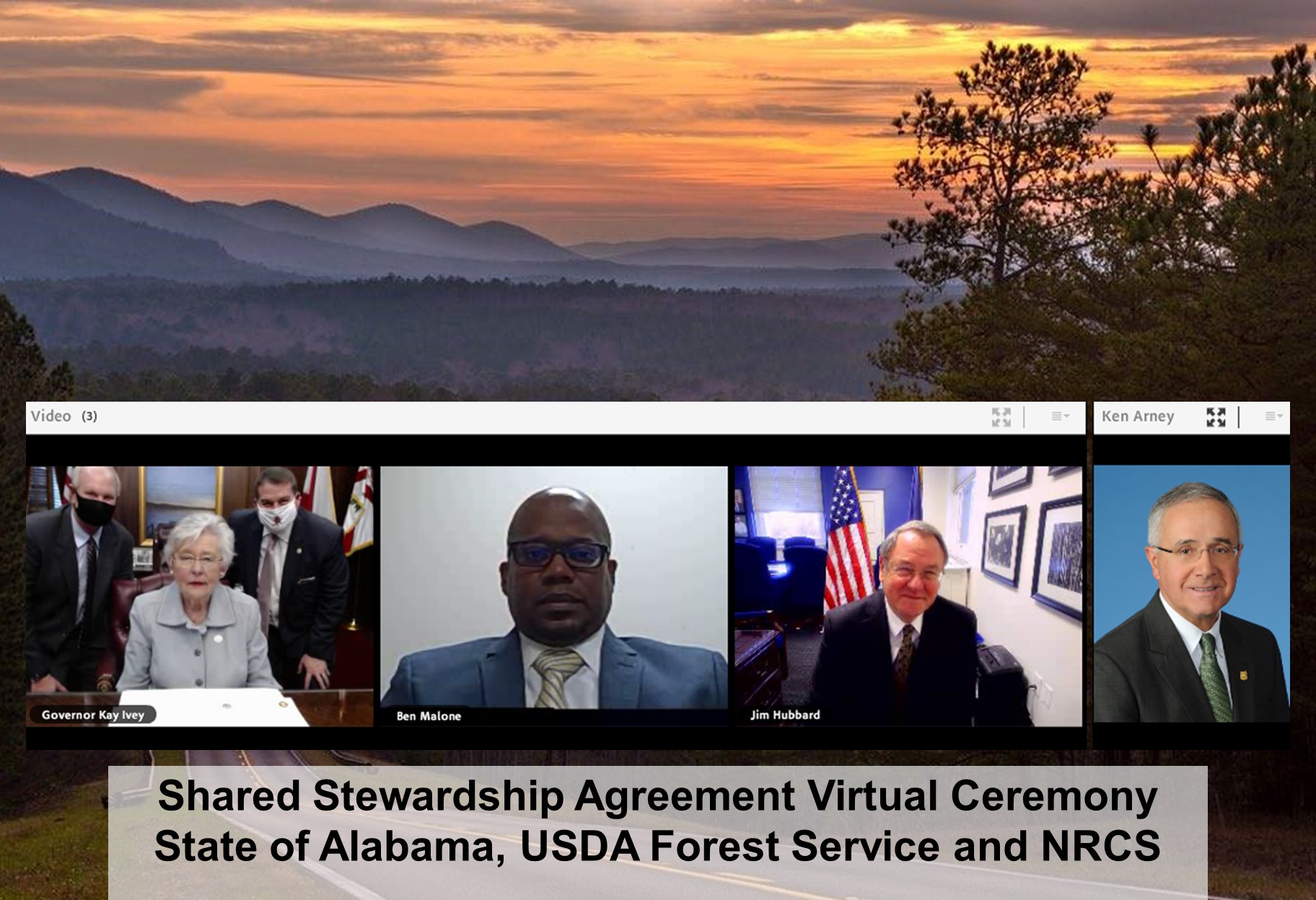 ALABAMA
ALABAMA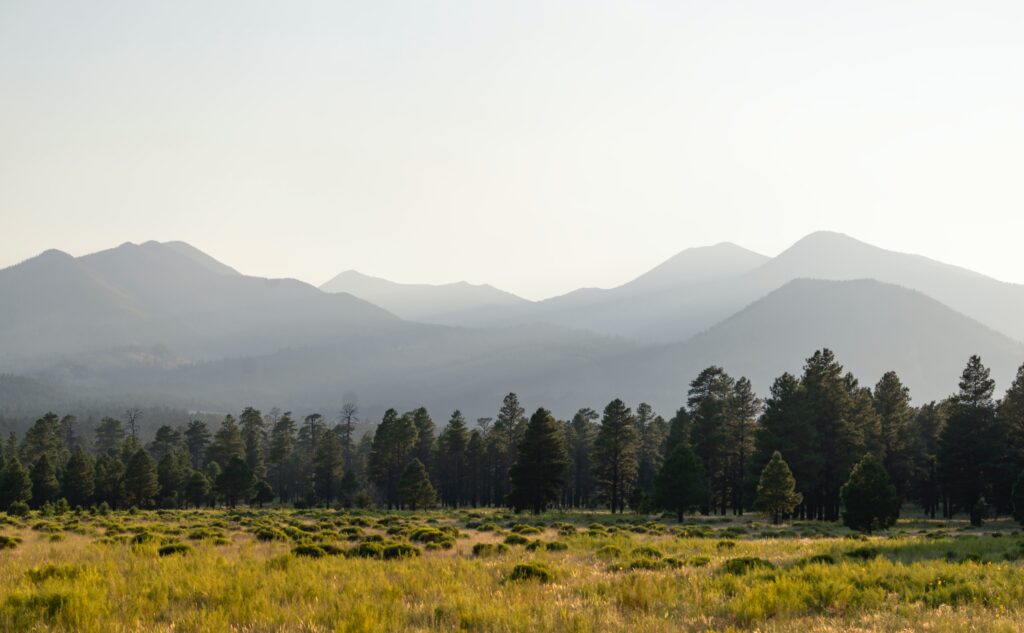 Arizona
Arizona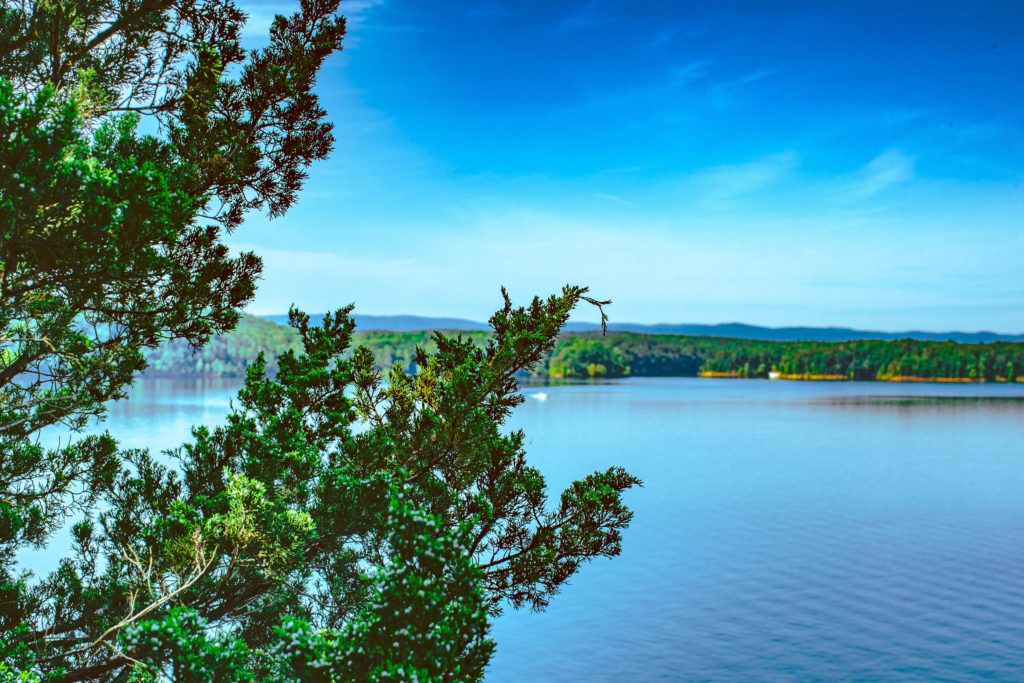 Arkansas
Arkansas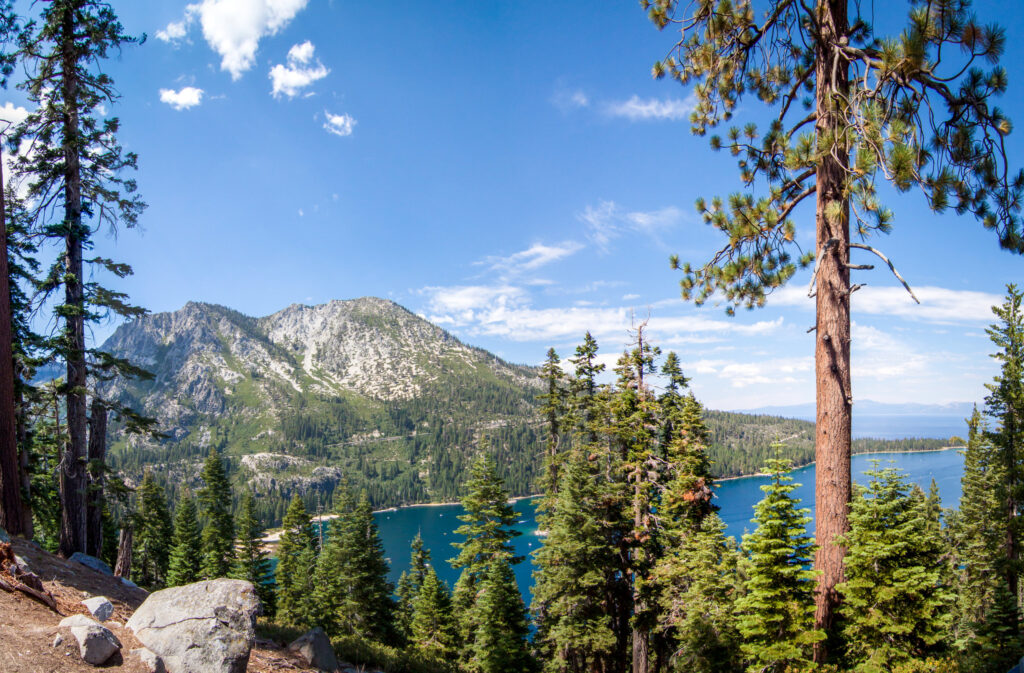 California
California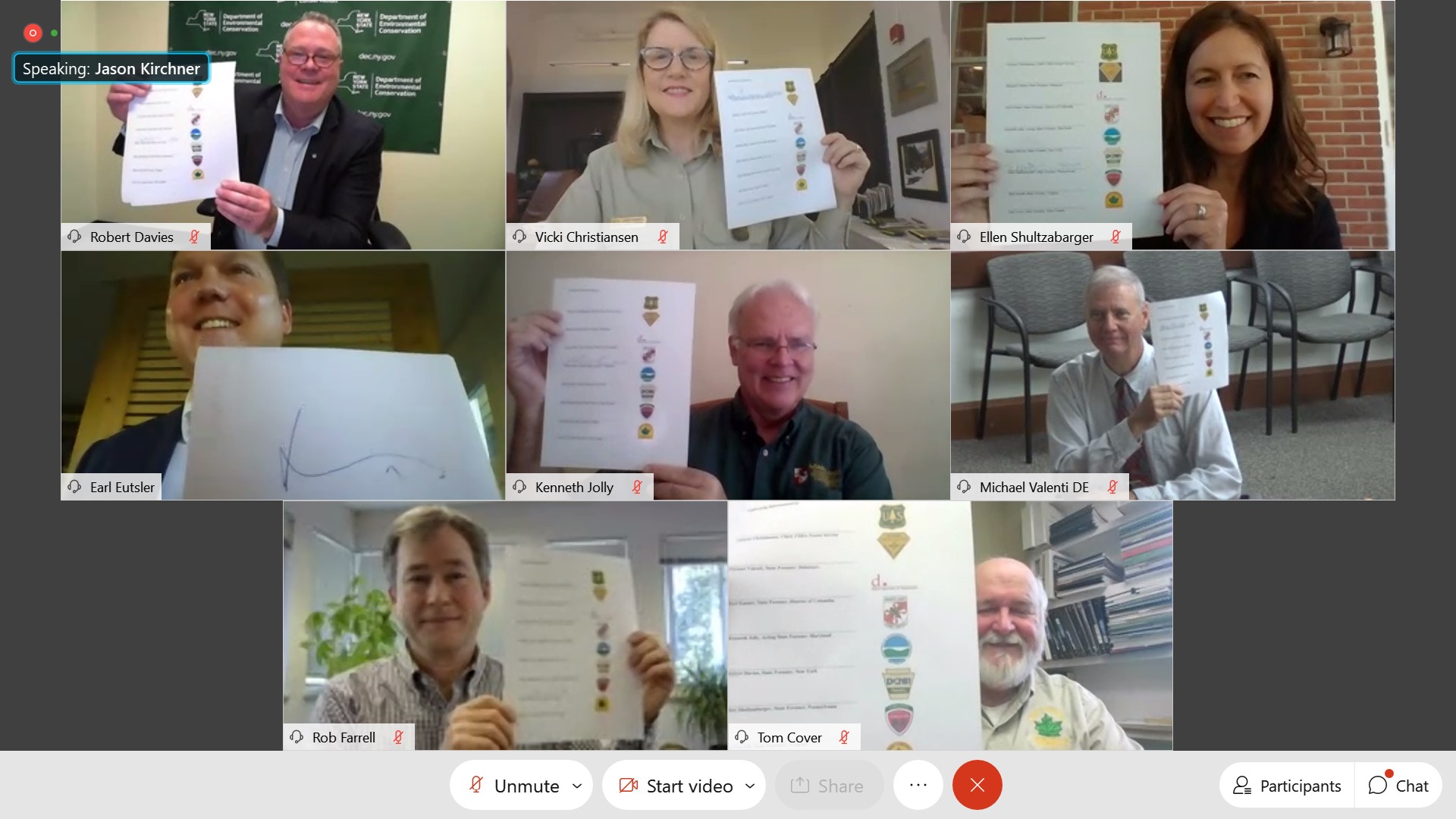 Chesapeake Bay States
Chesapeake Bay States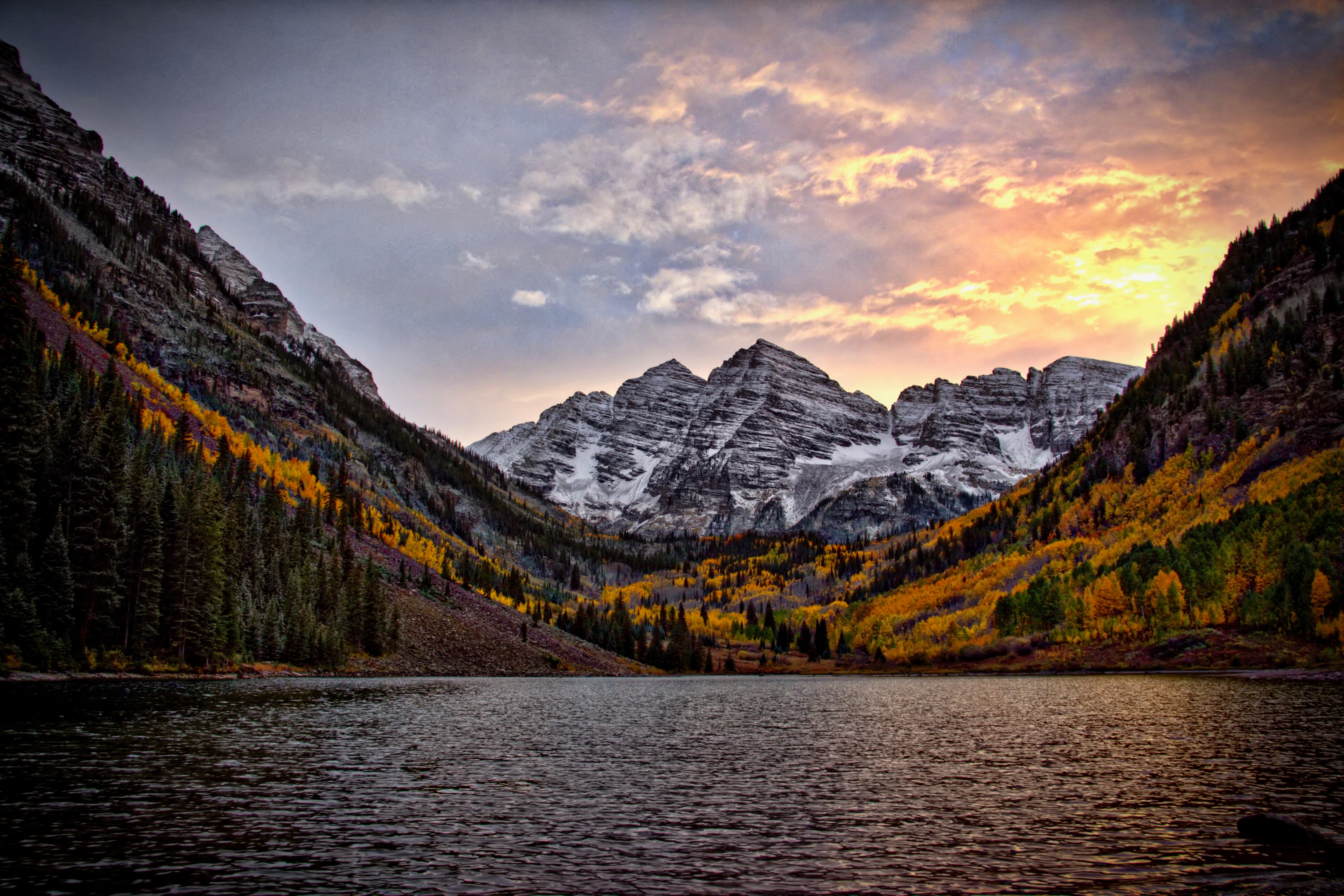 Colorado
Colorado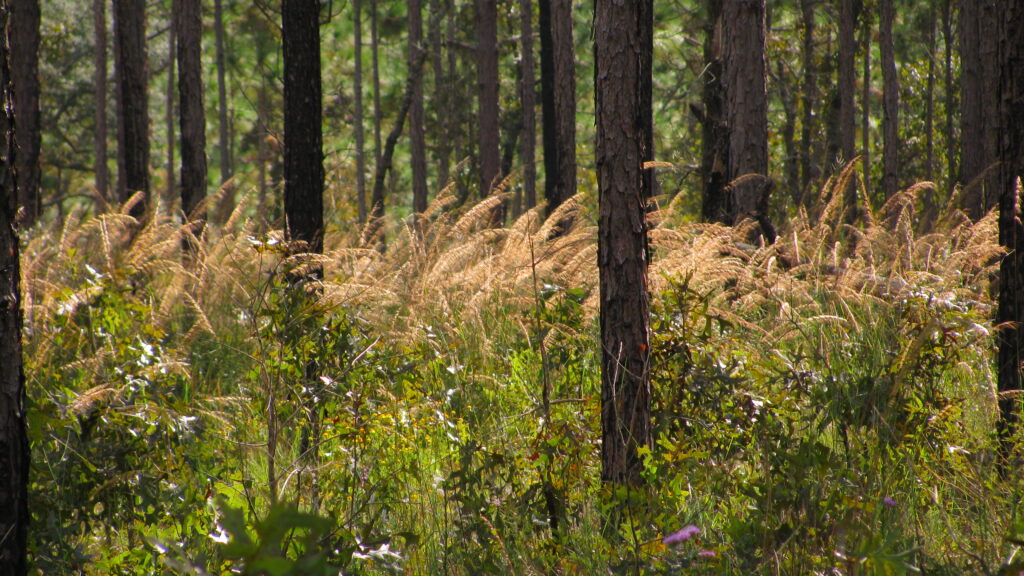 Florida
Florida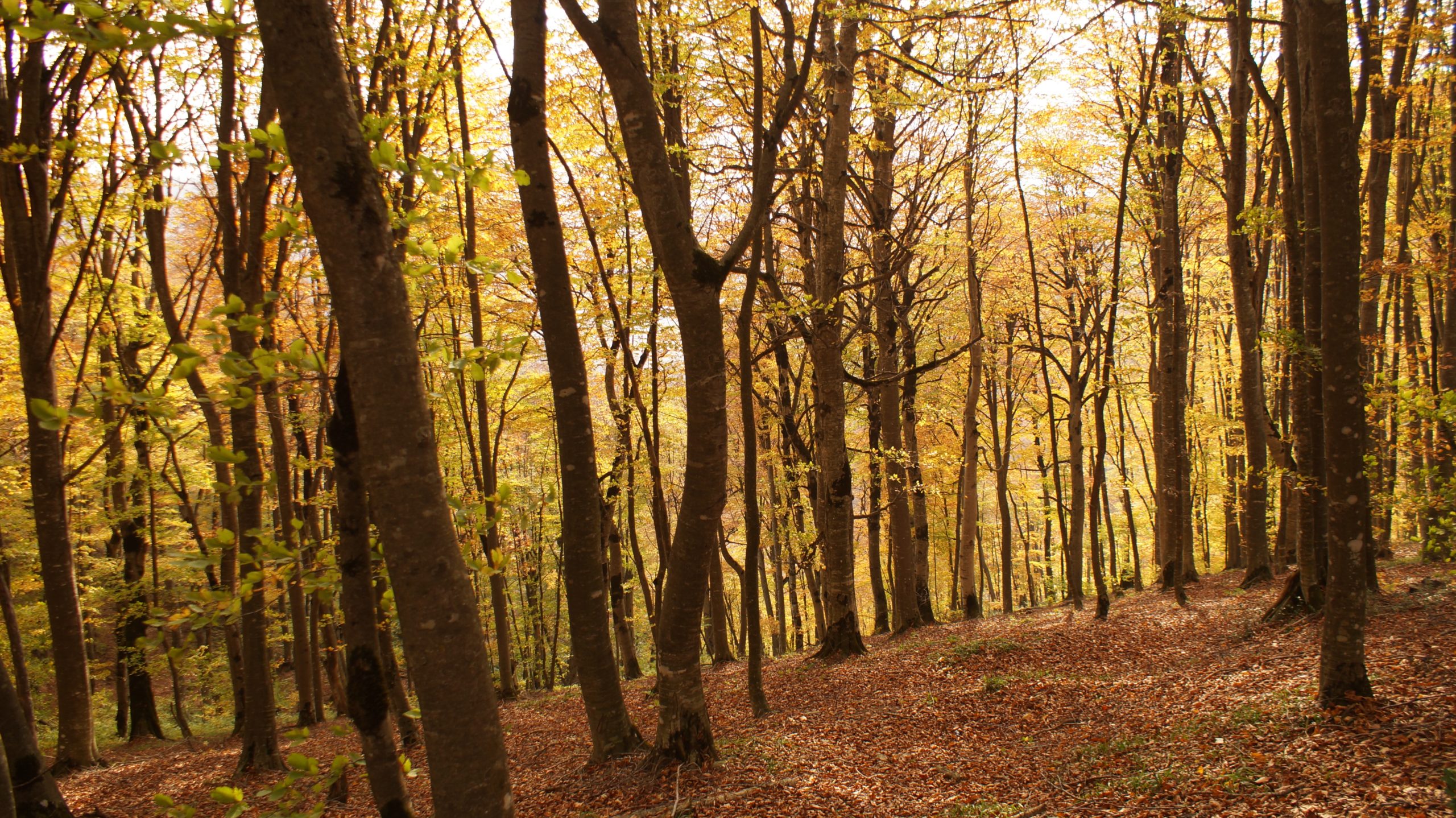 Georgia
Georgia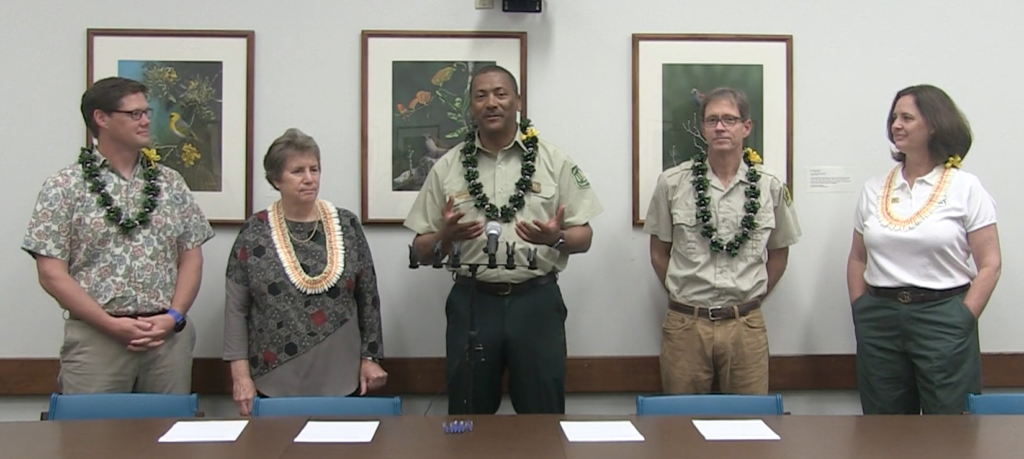 Hawaii
Hawaii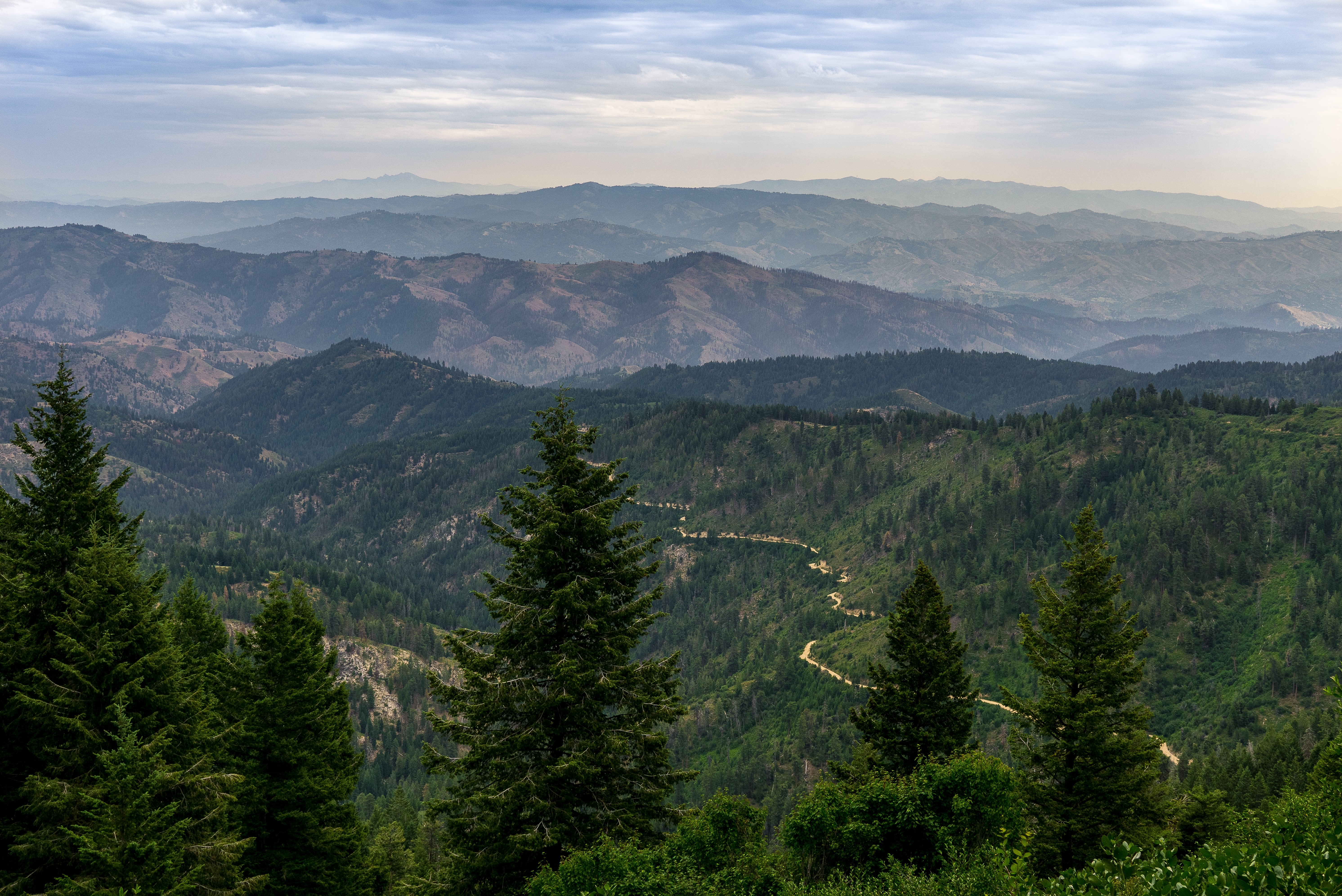 Idaho
Idaho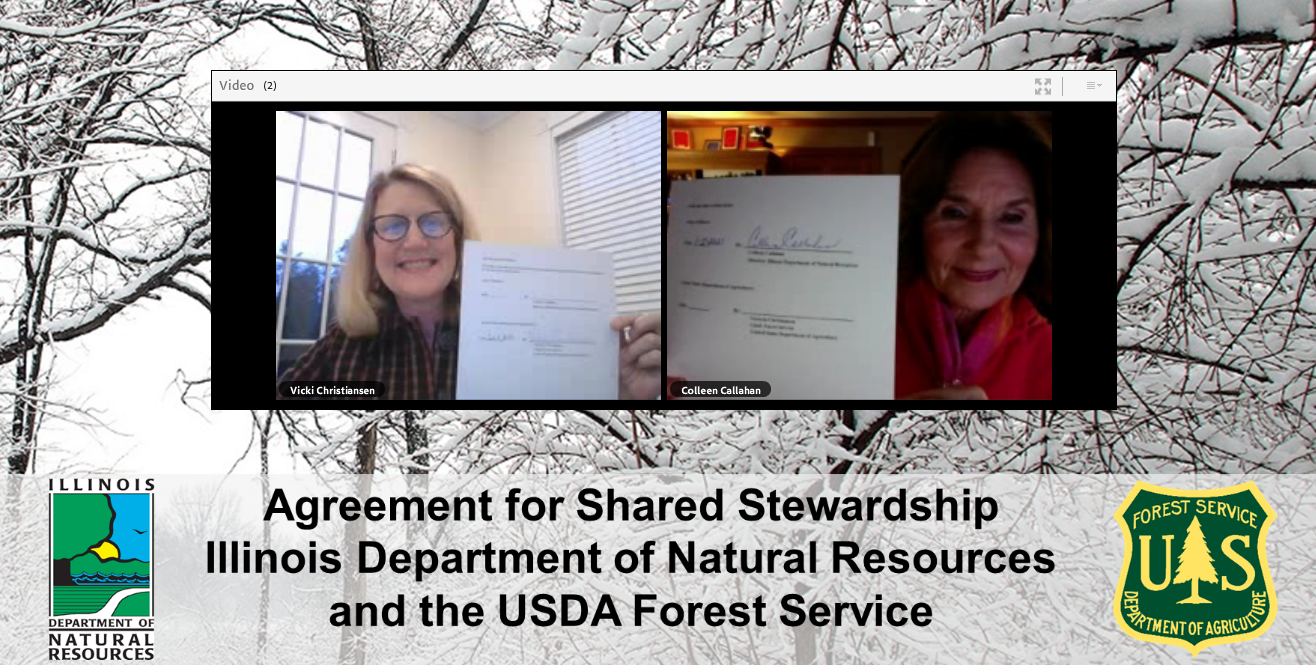 Illinois
Illinois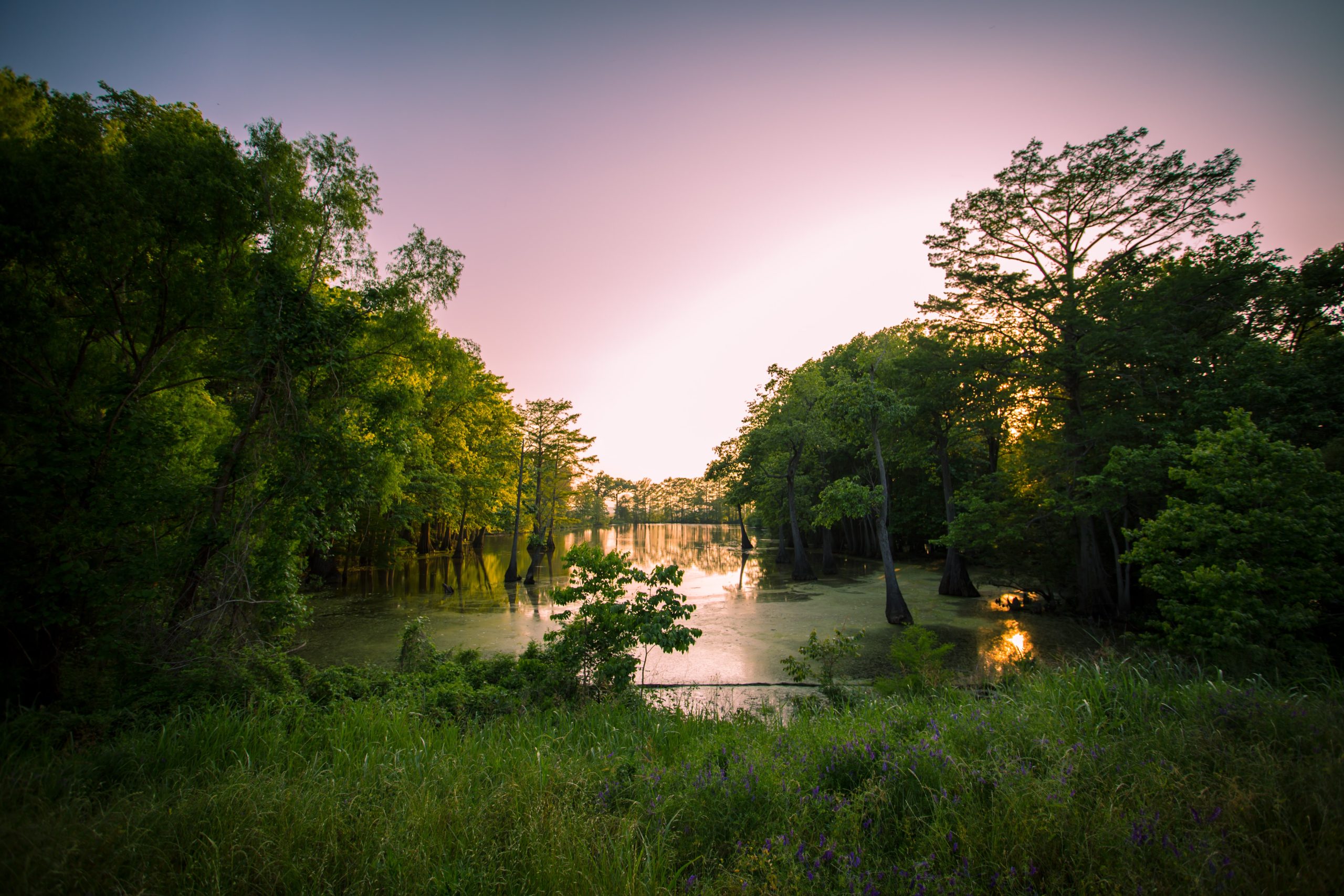 LOUISIANA
LOUISIANA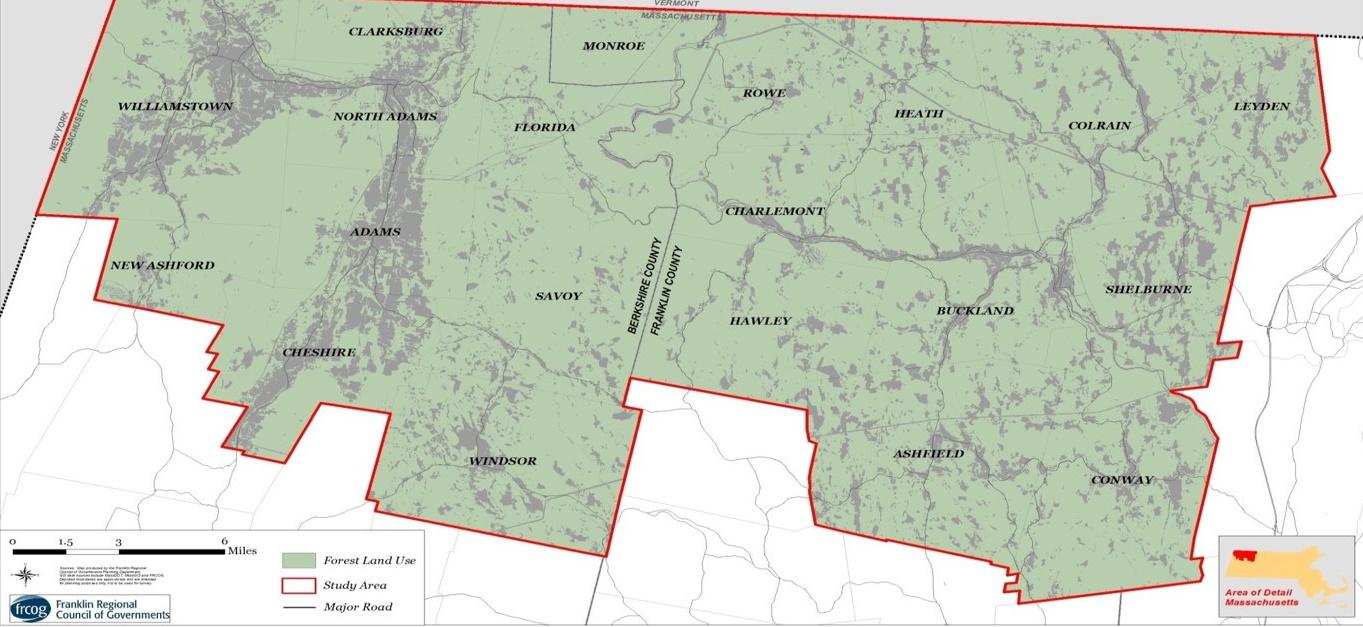 MAssachusetts
MAssachusetts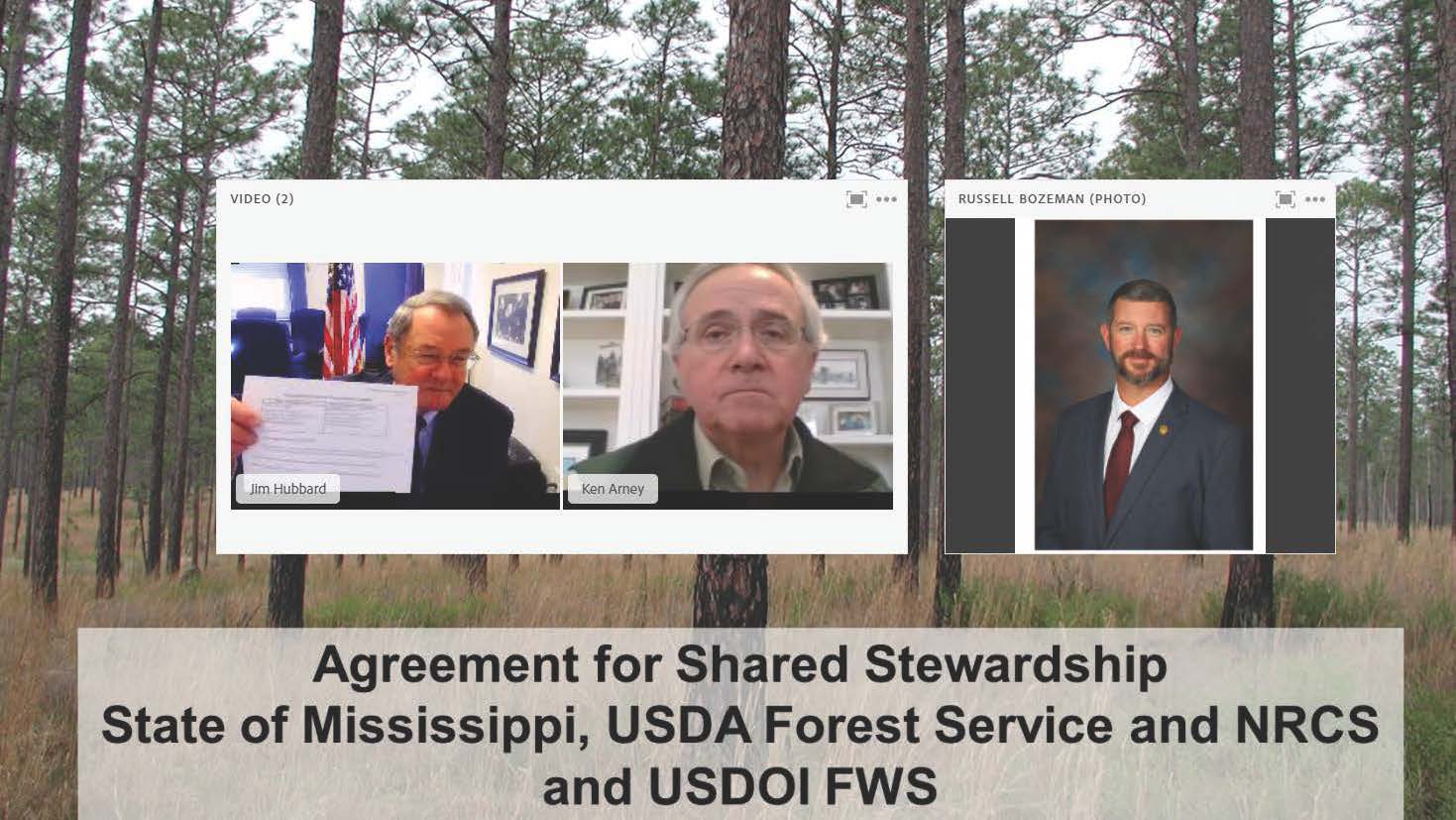 Mississippi
Mississippi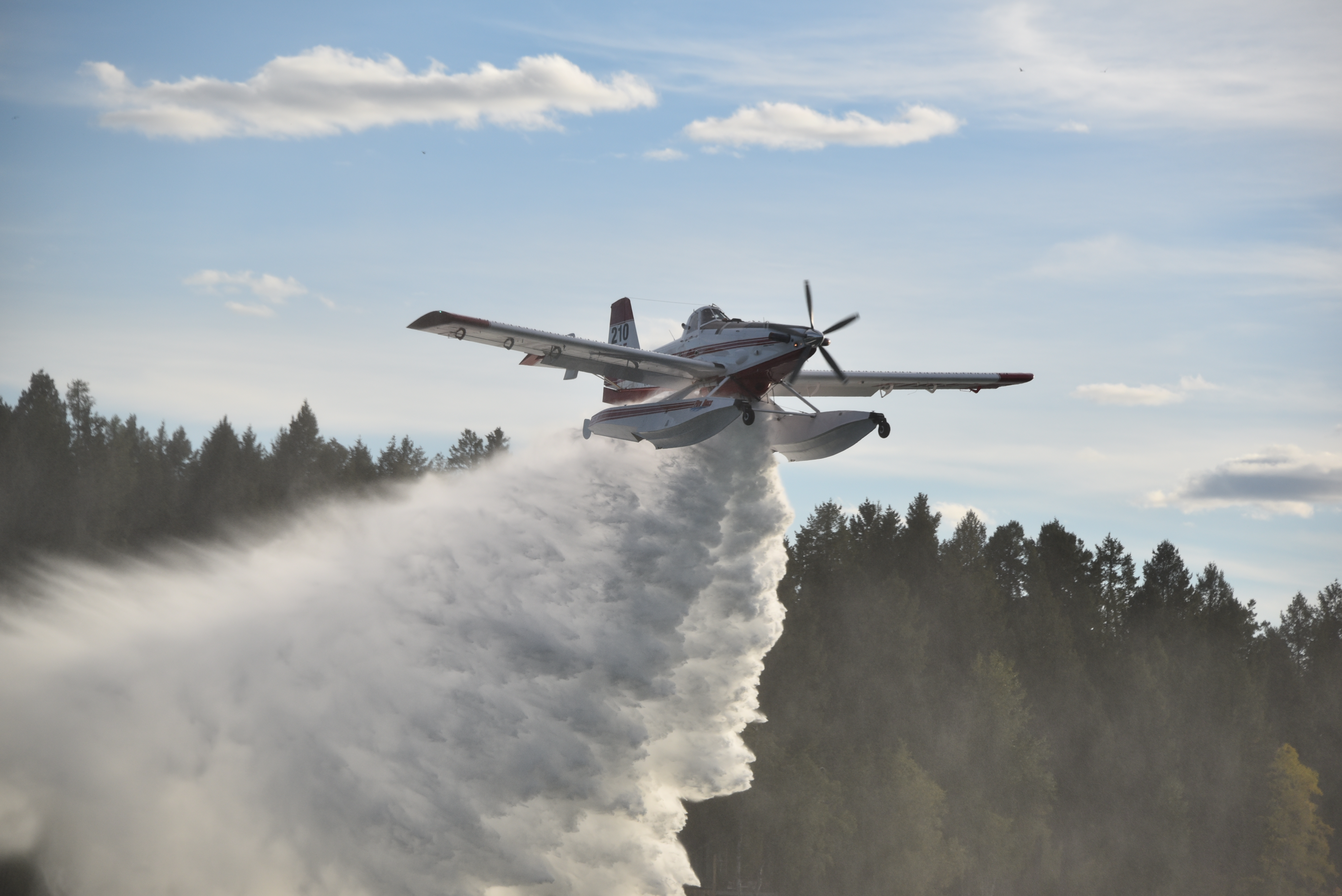
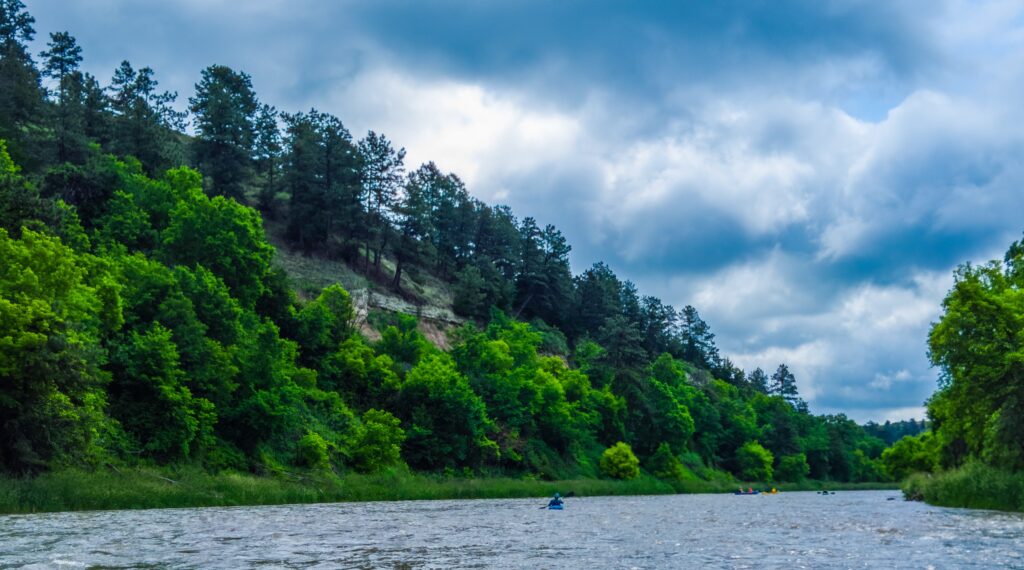 NeBraska
NeBraska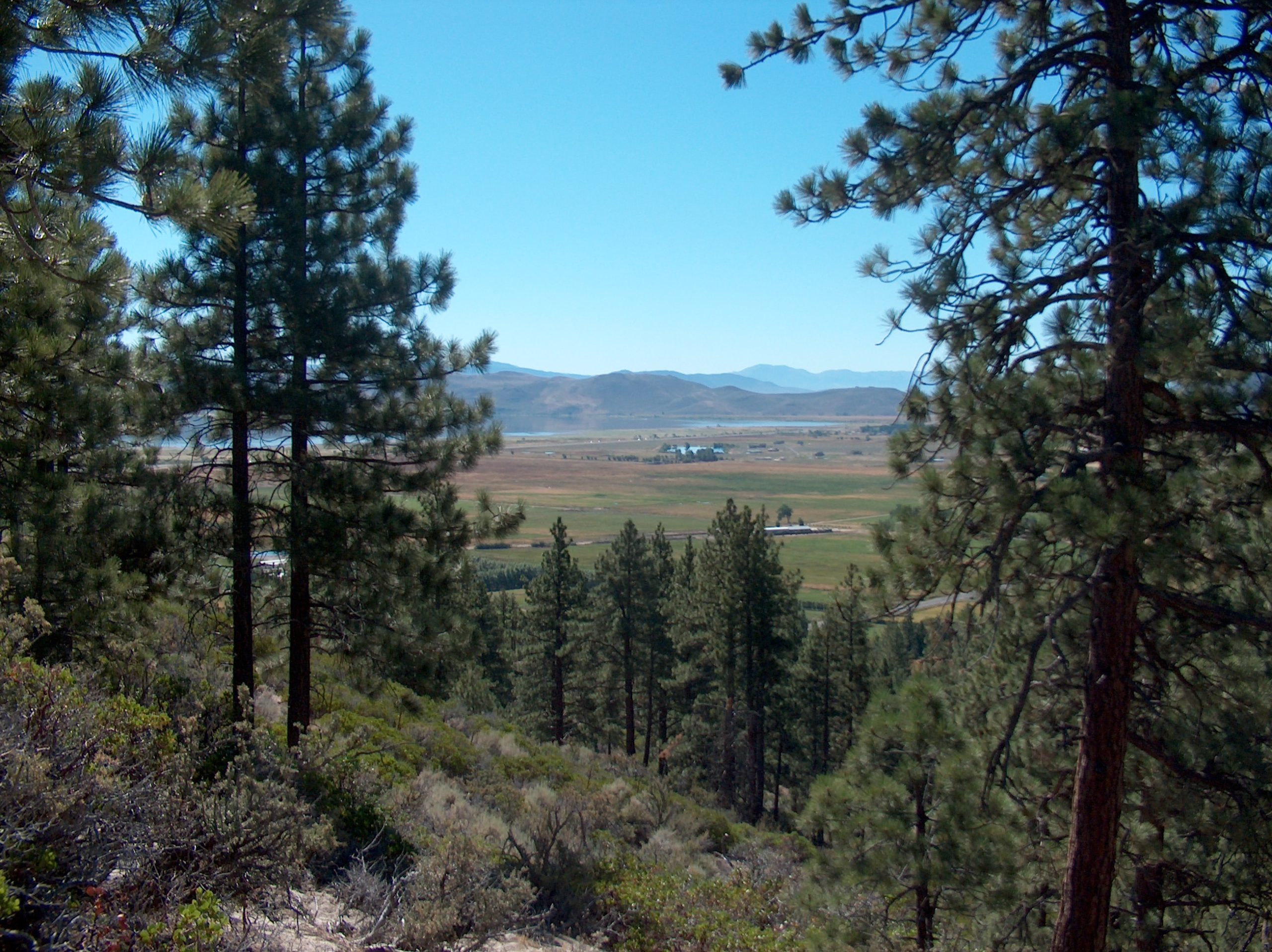 Nevada
Nevada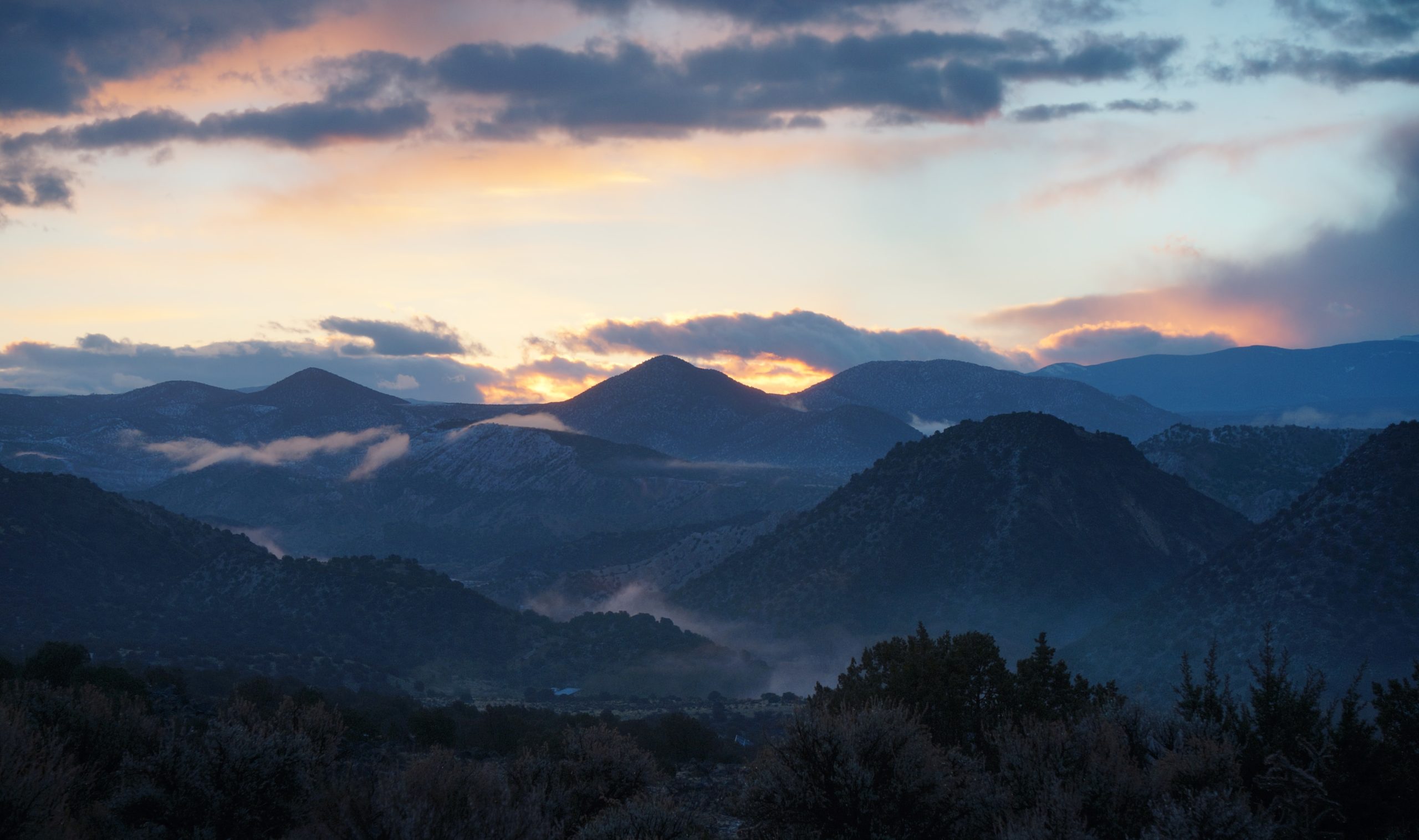 New Mexico
New Mexico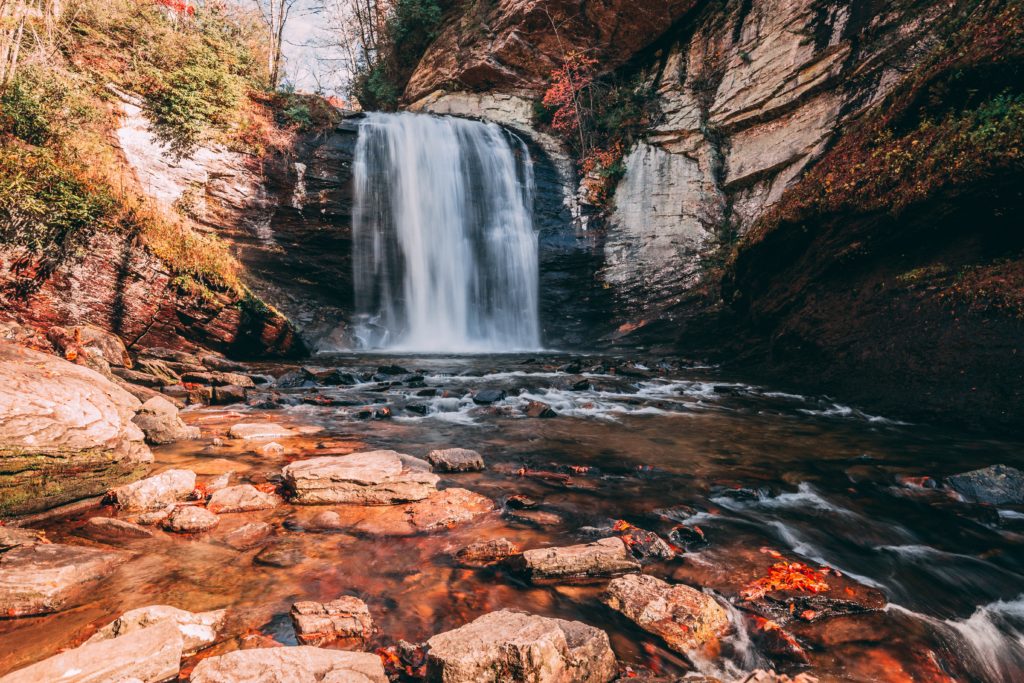
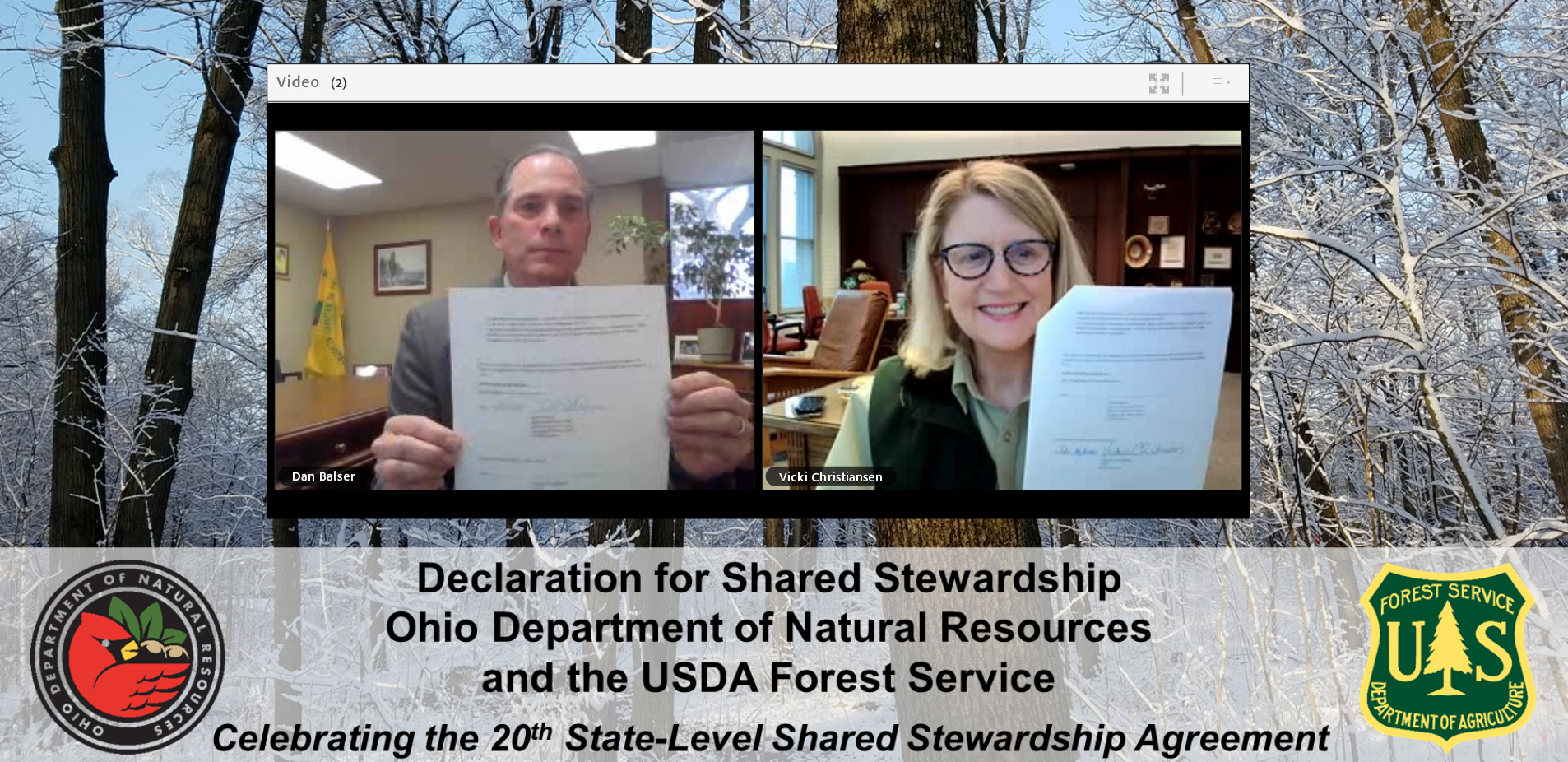 OHIO
OHIO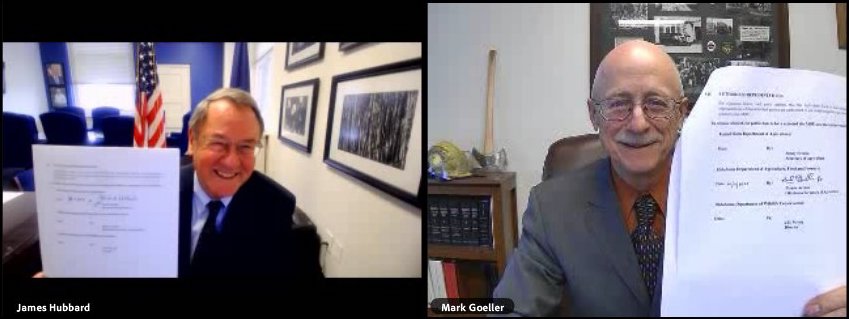 Oklahoma
Oklahoma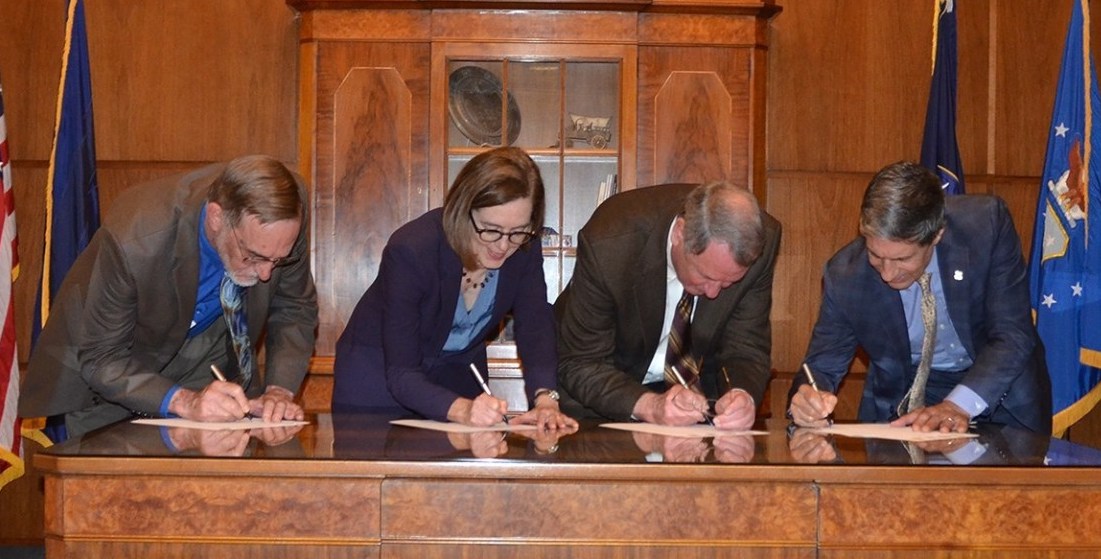 Oregon
Oregon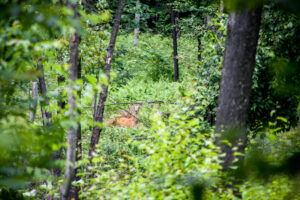
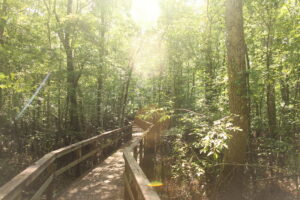 South Carolina
South Carolina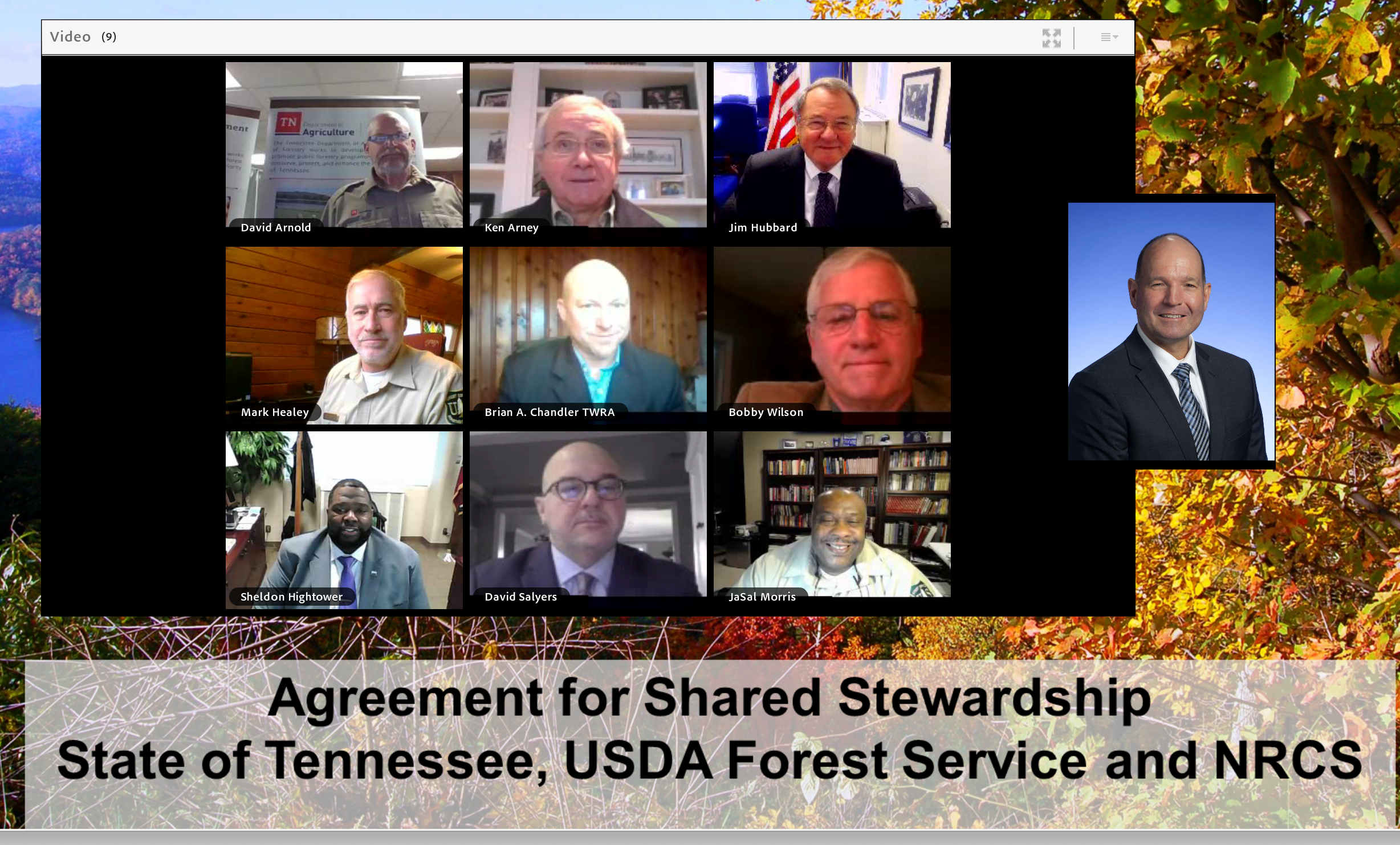 TeNNESSEE
TeNNESSEE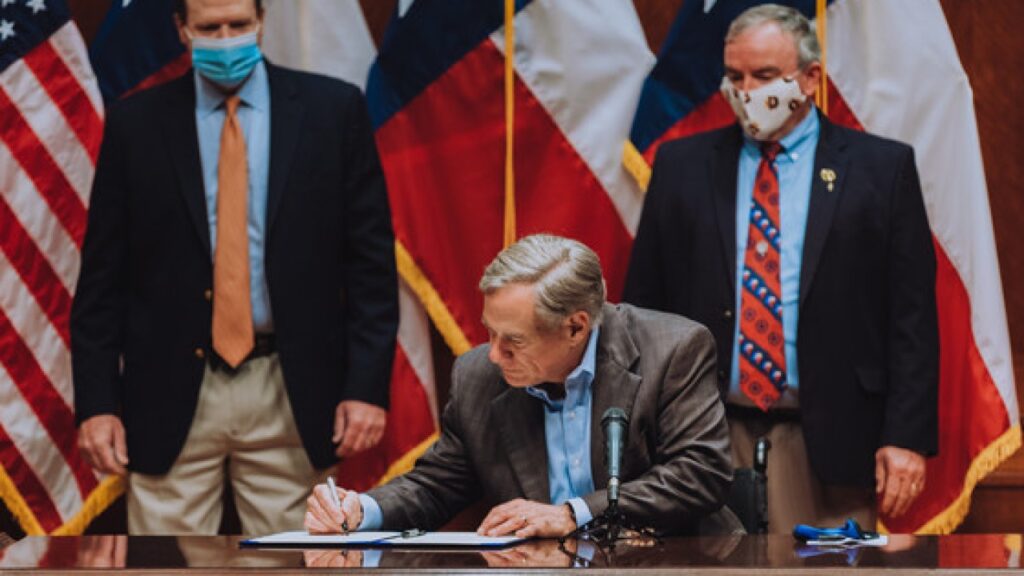 Texas
Texas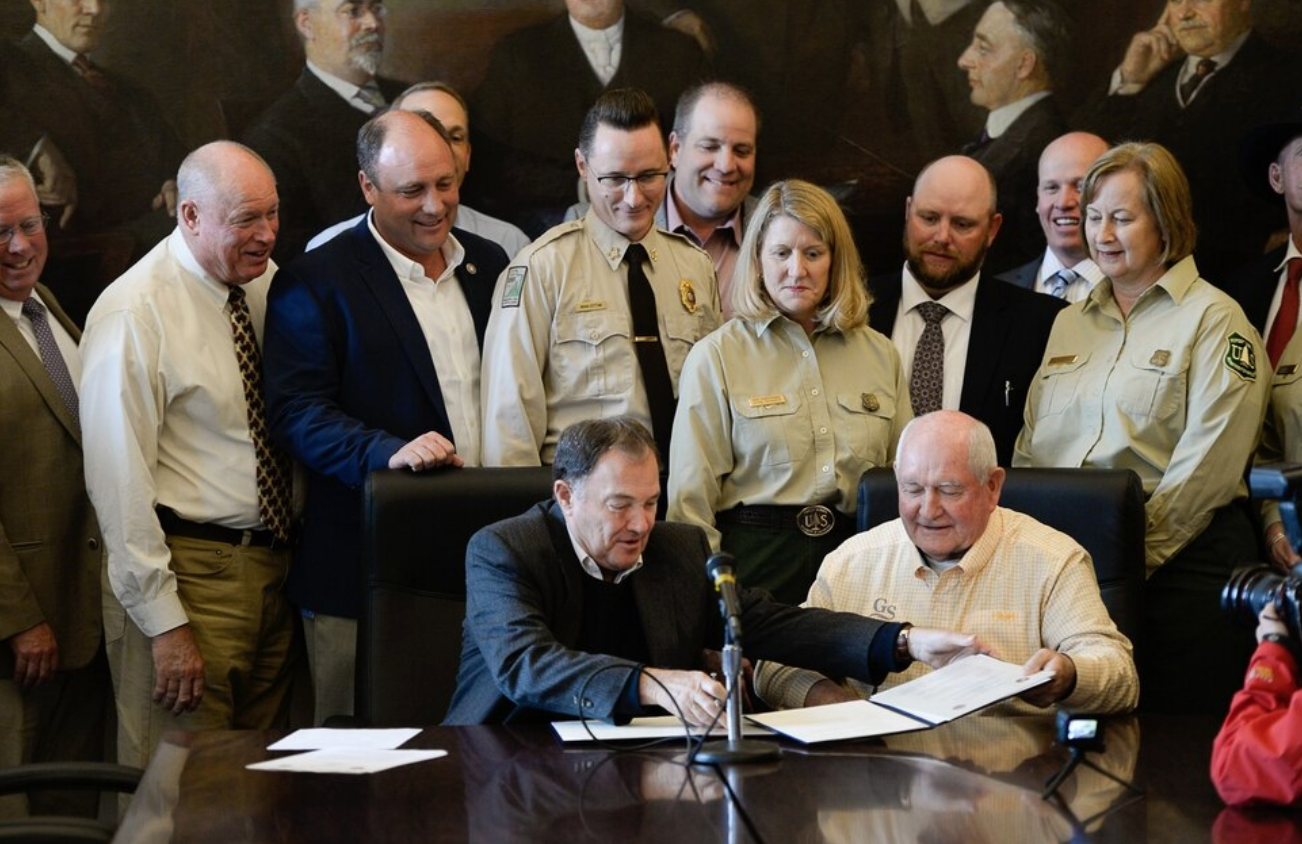
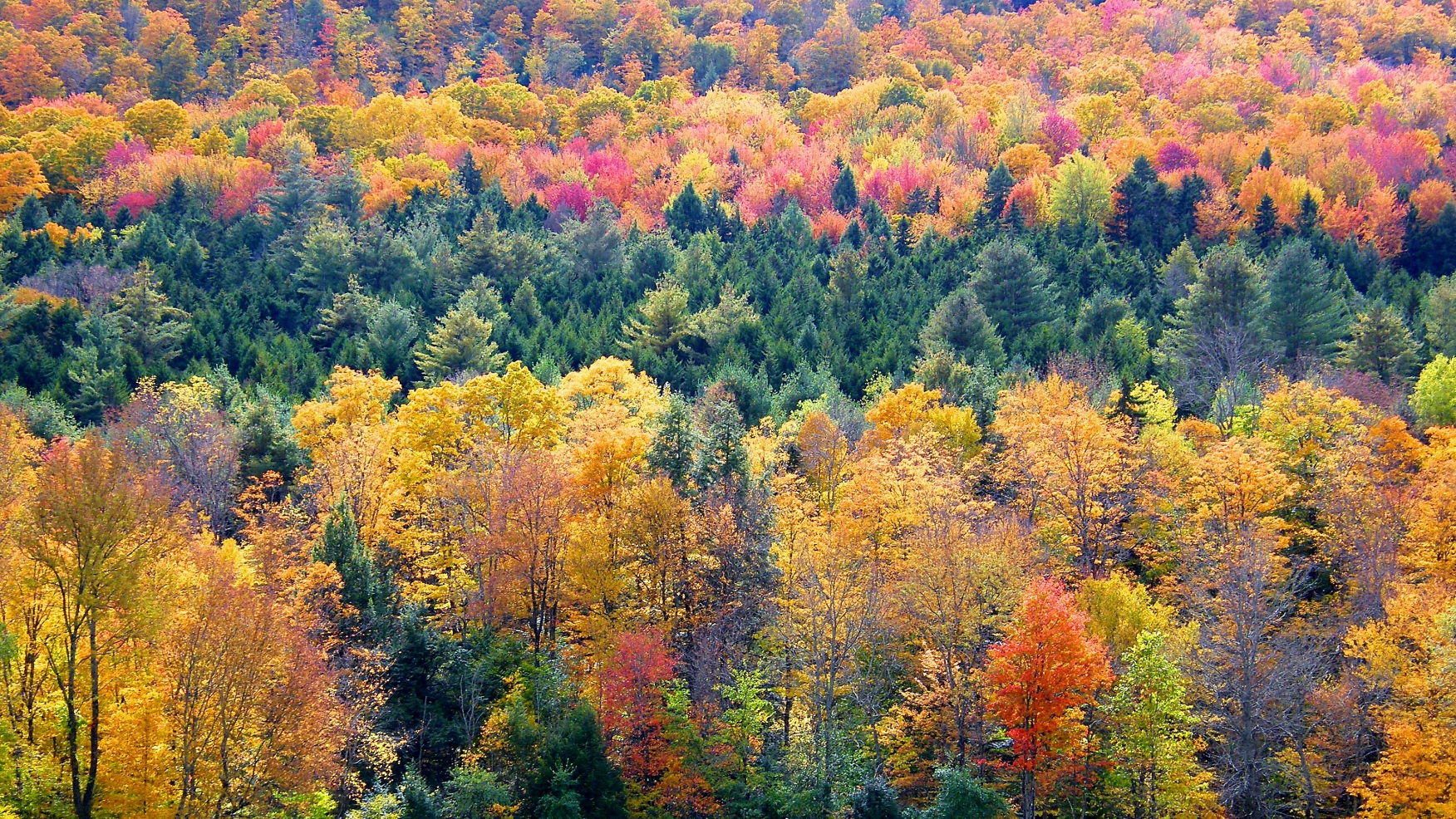 Vermont
Vermont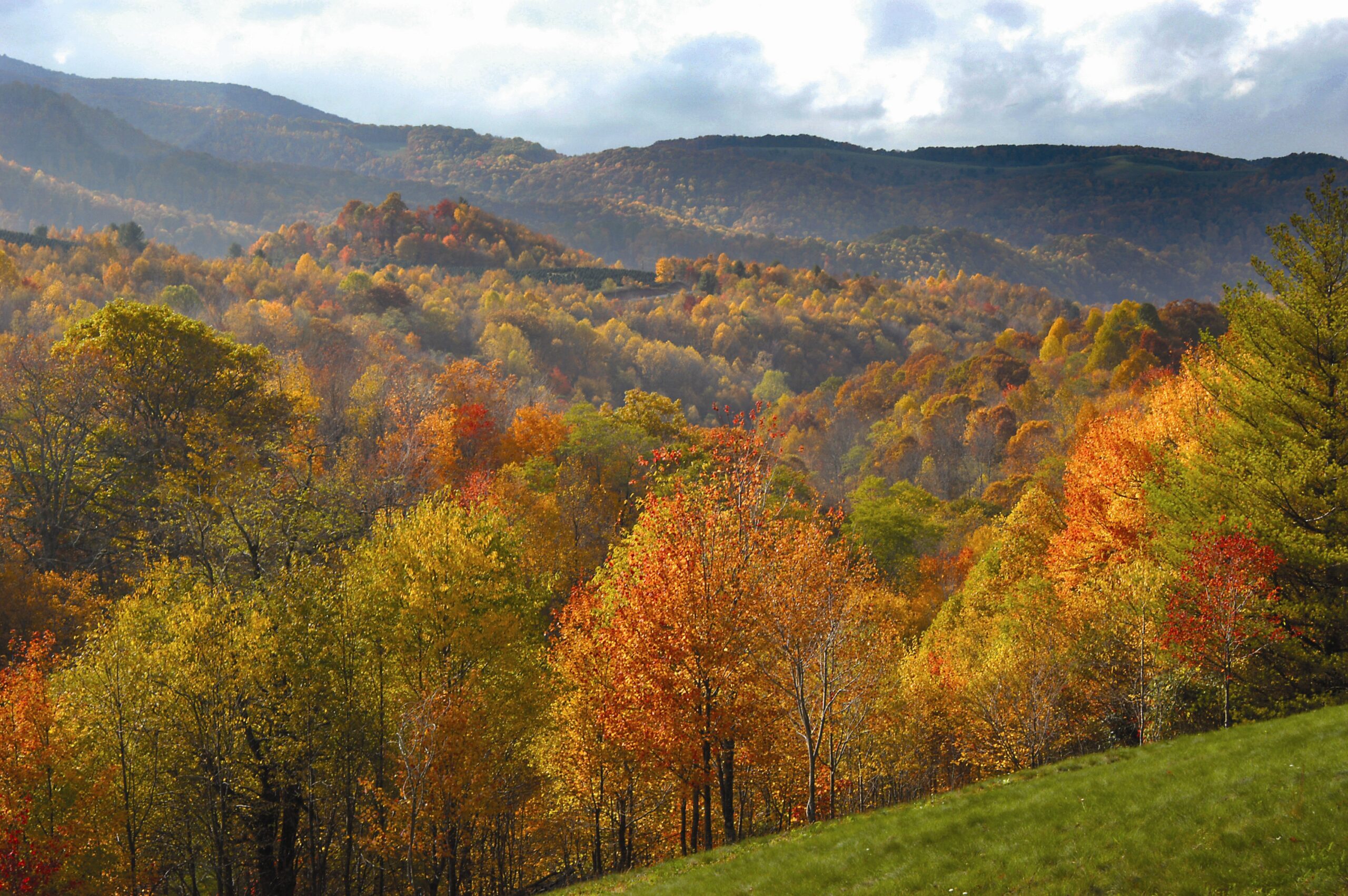 Virginia
Virginia 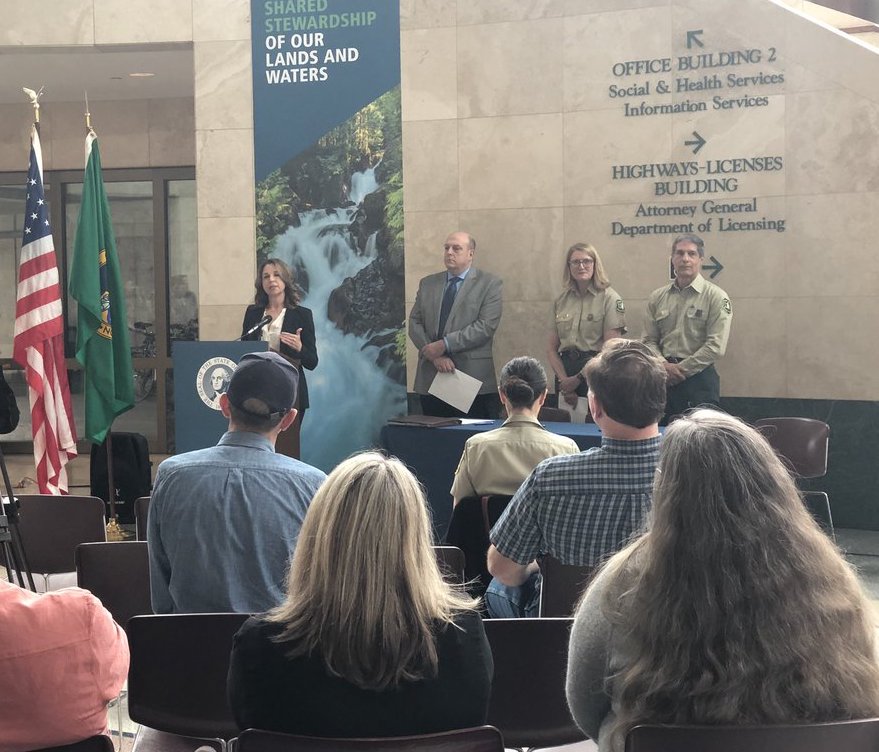 Washington
Washington 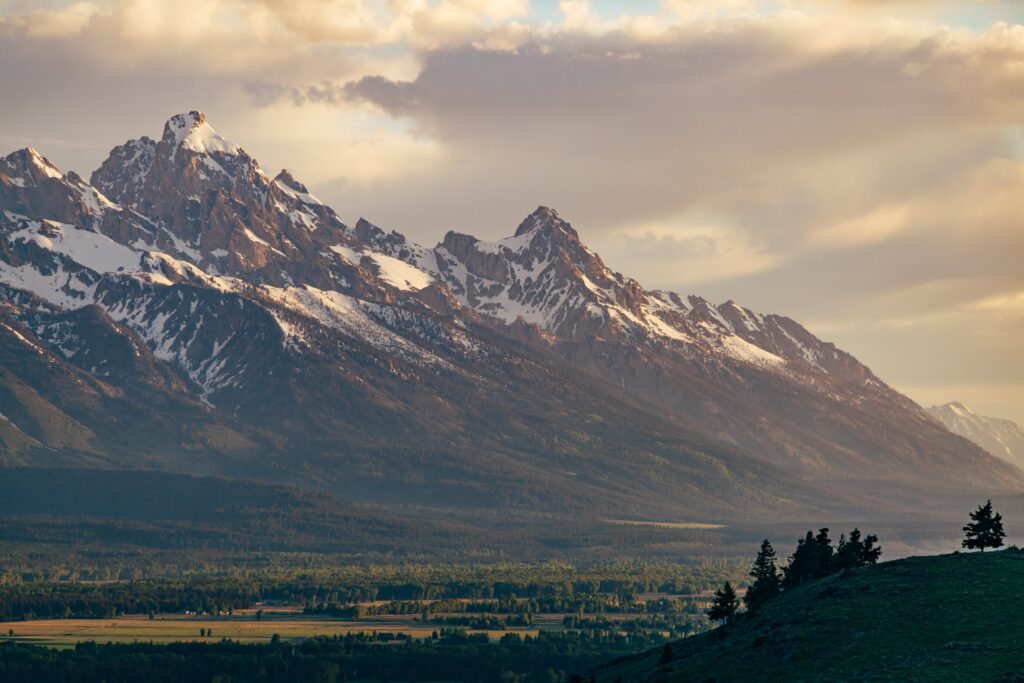 WYoming
WYoming